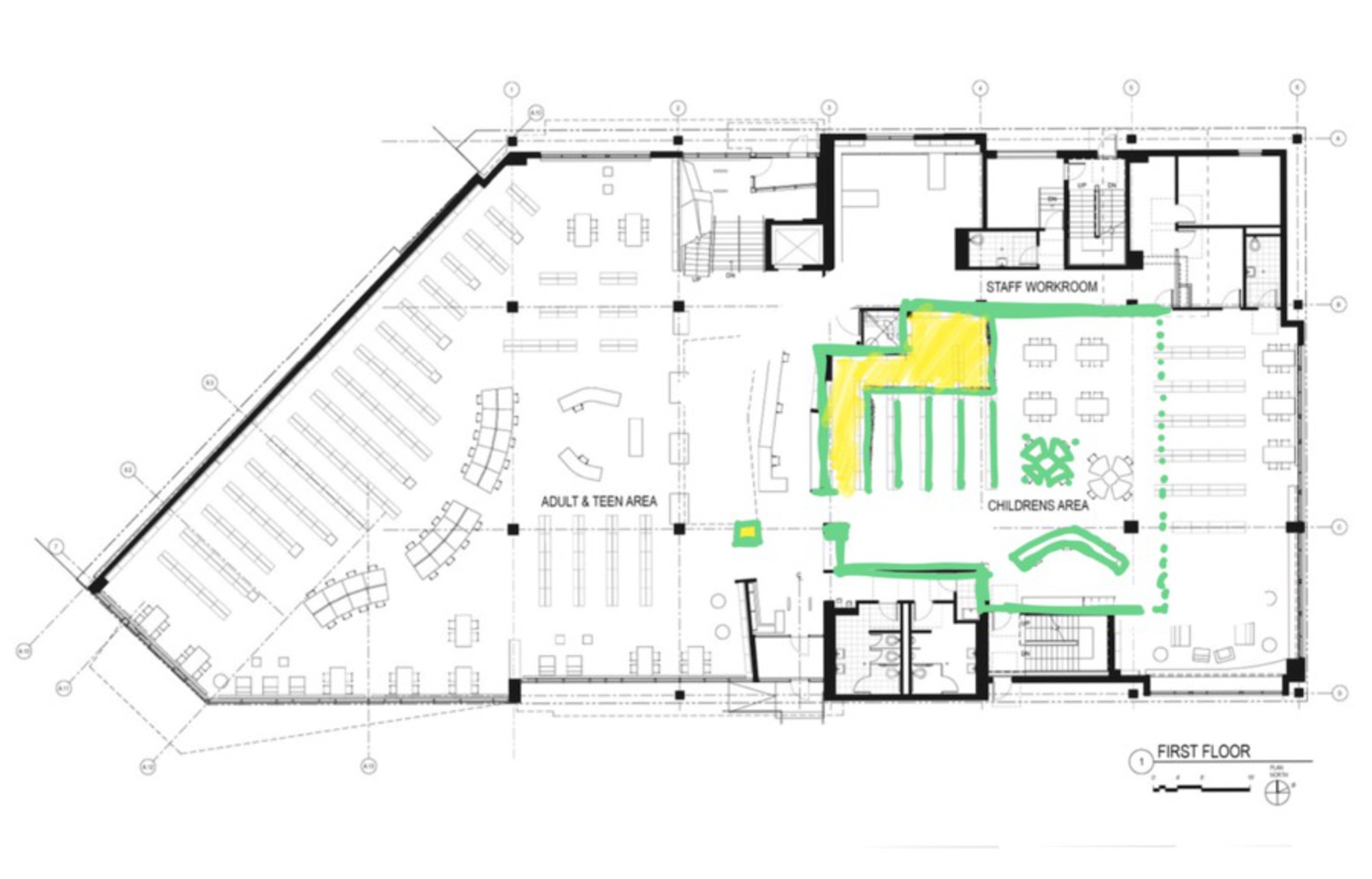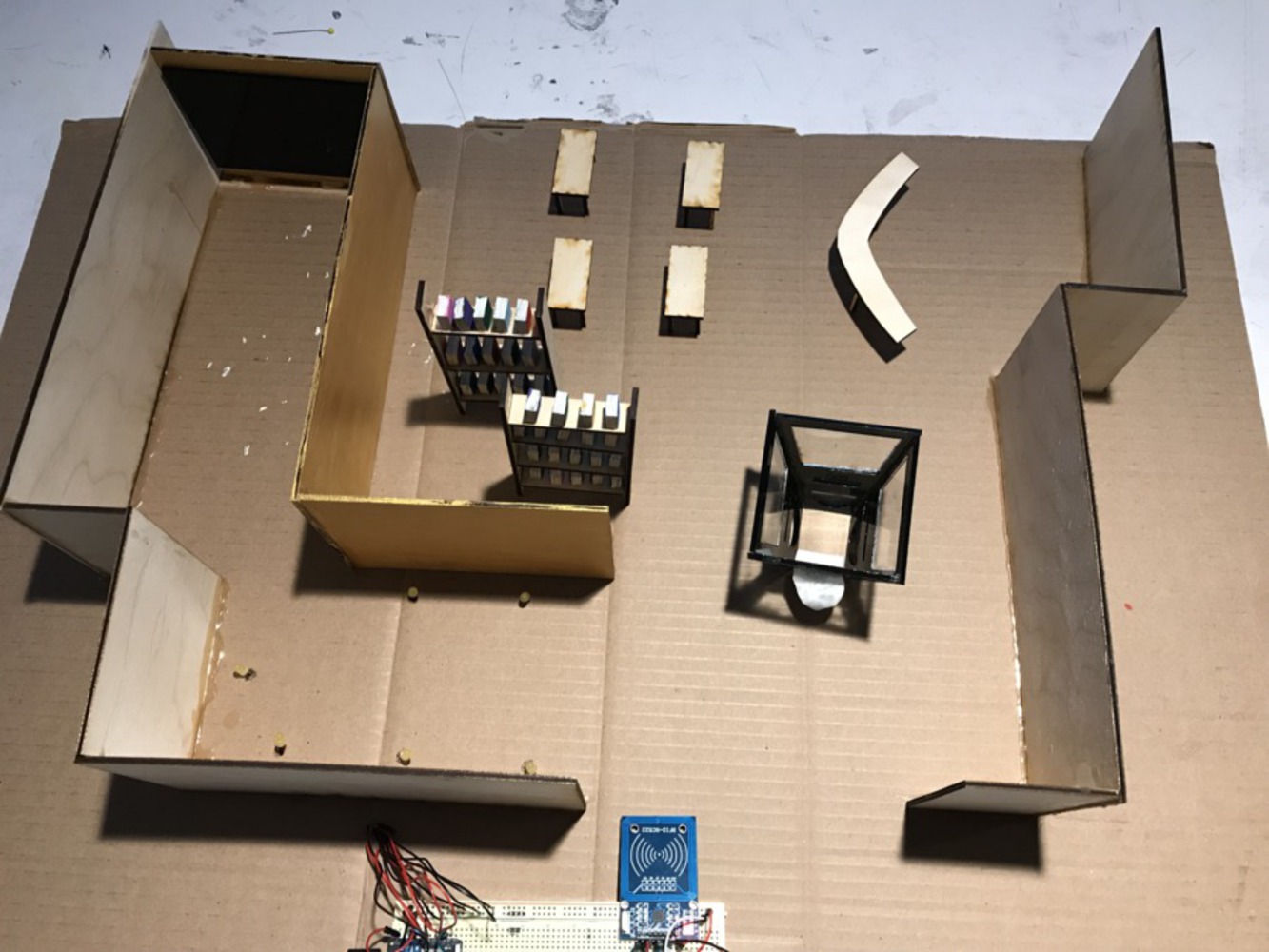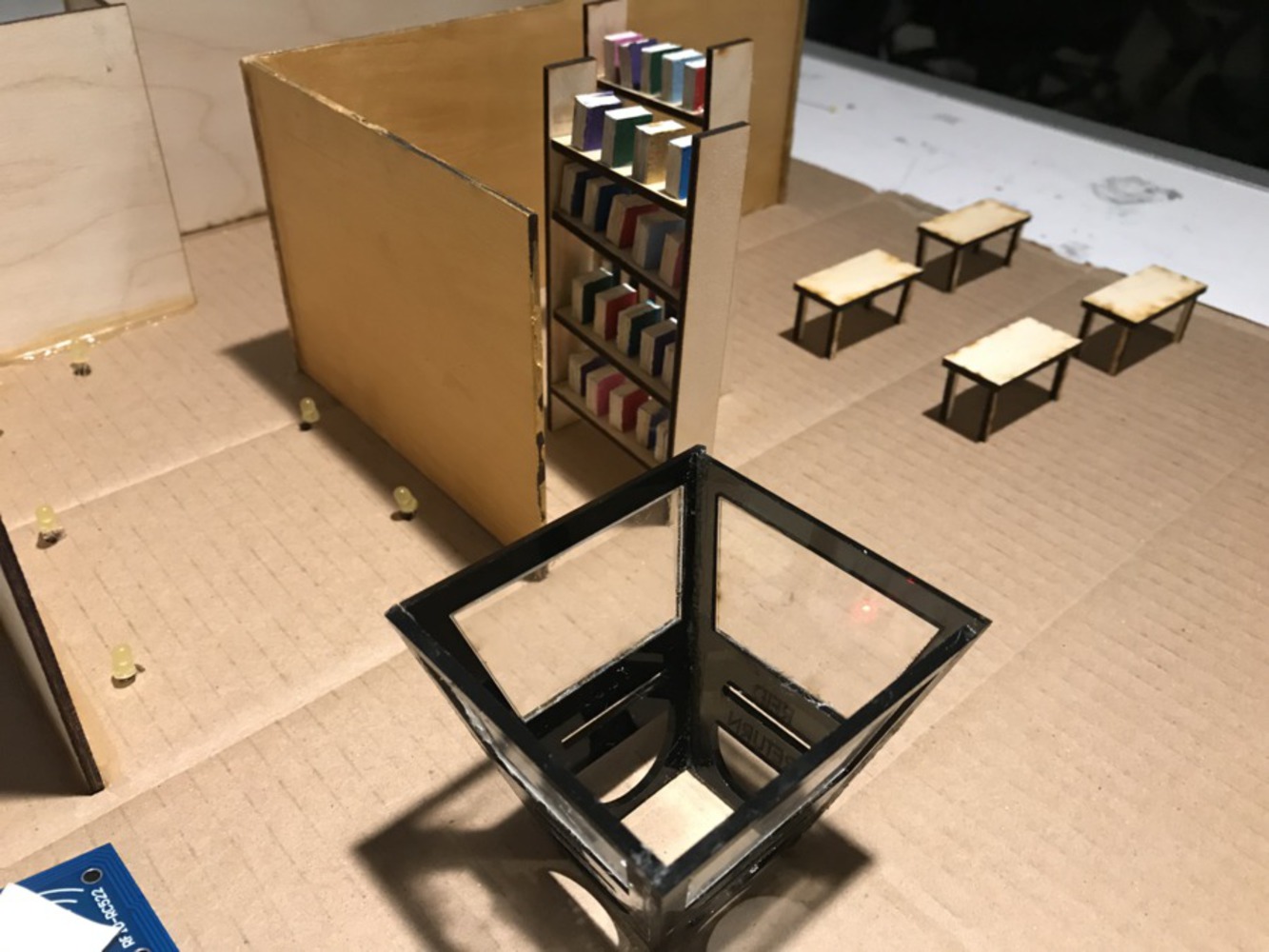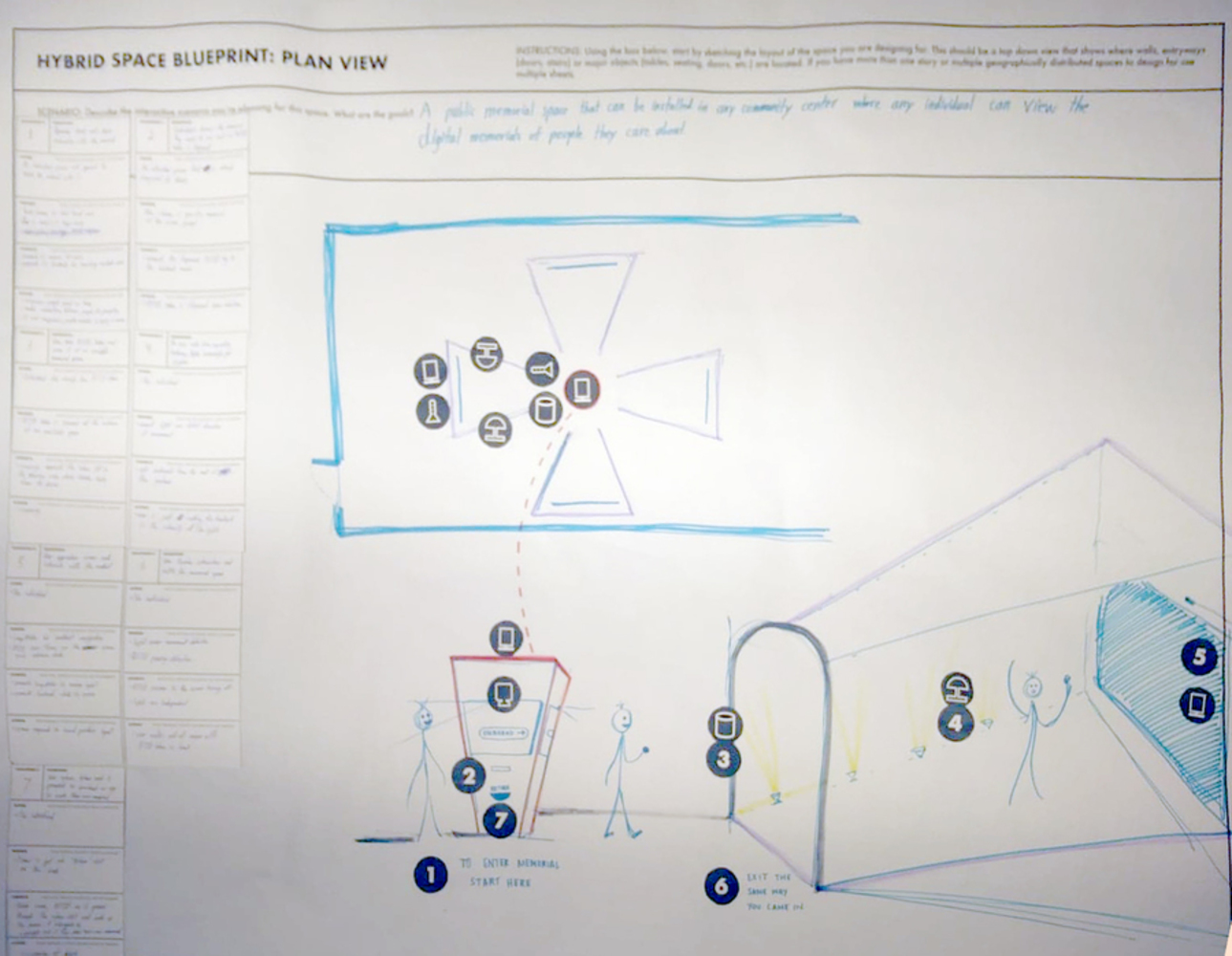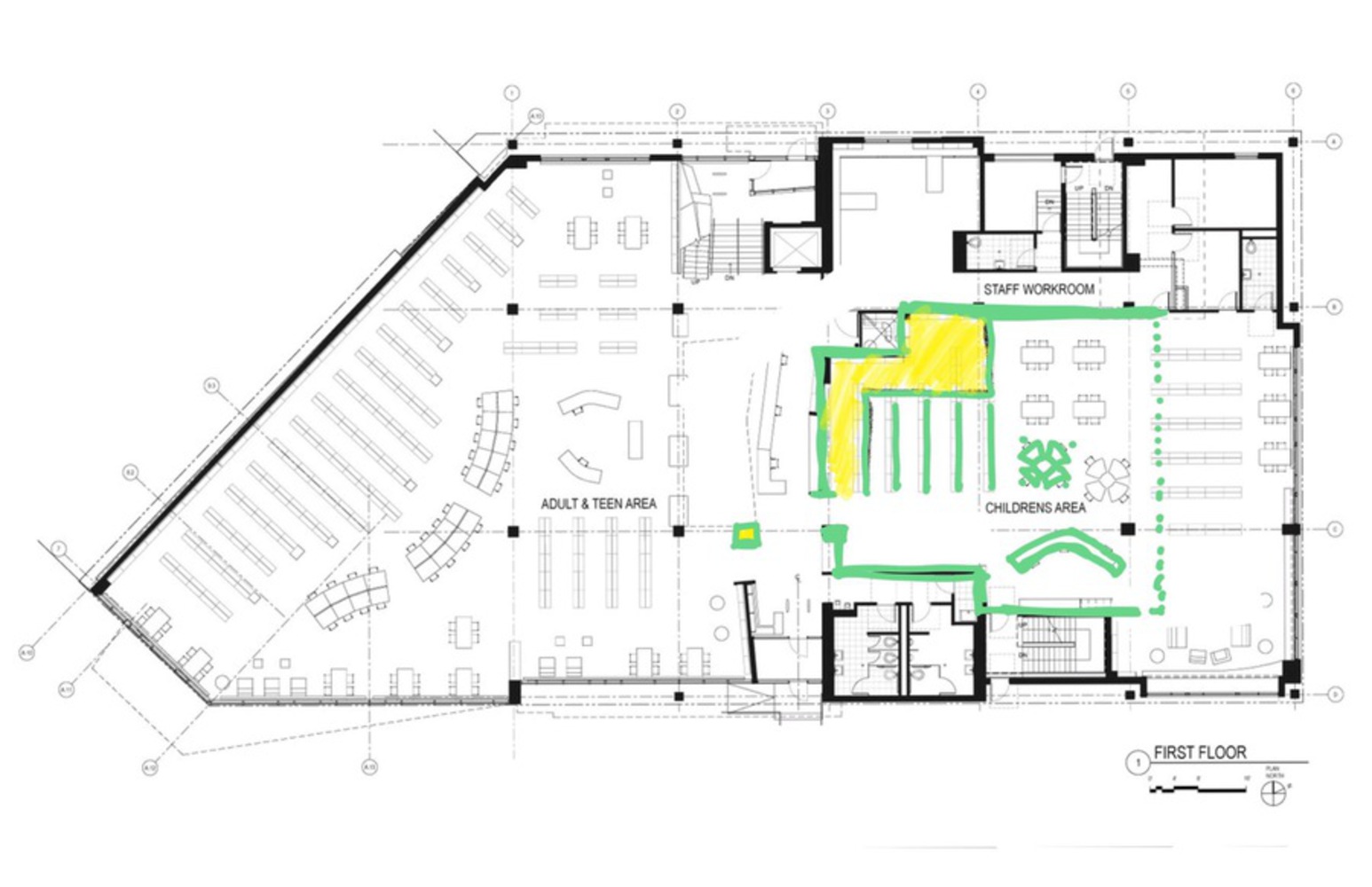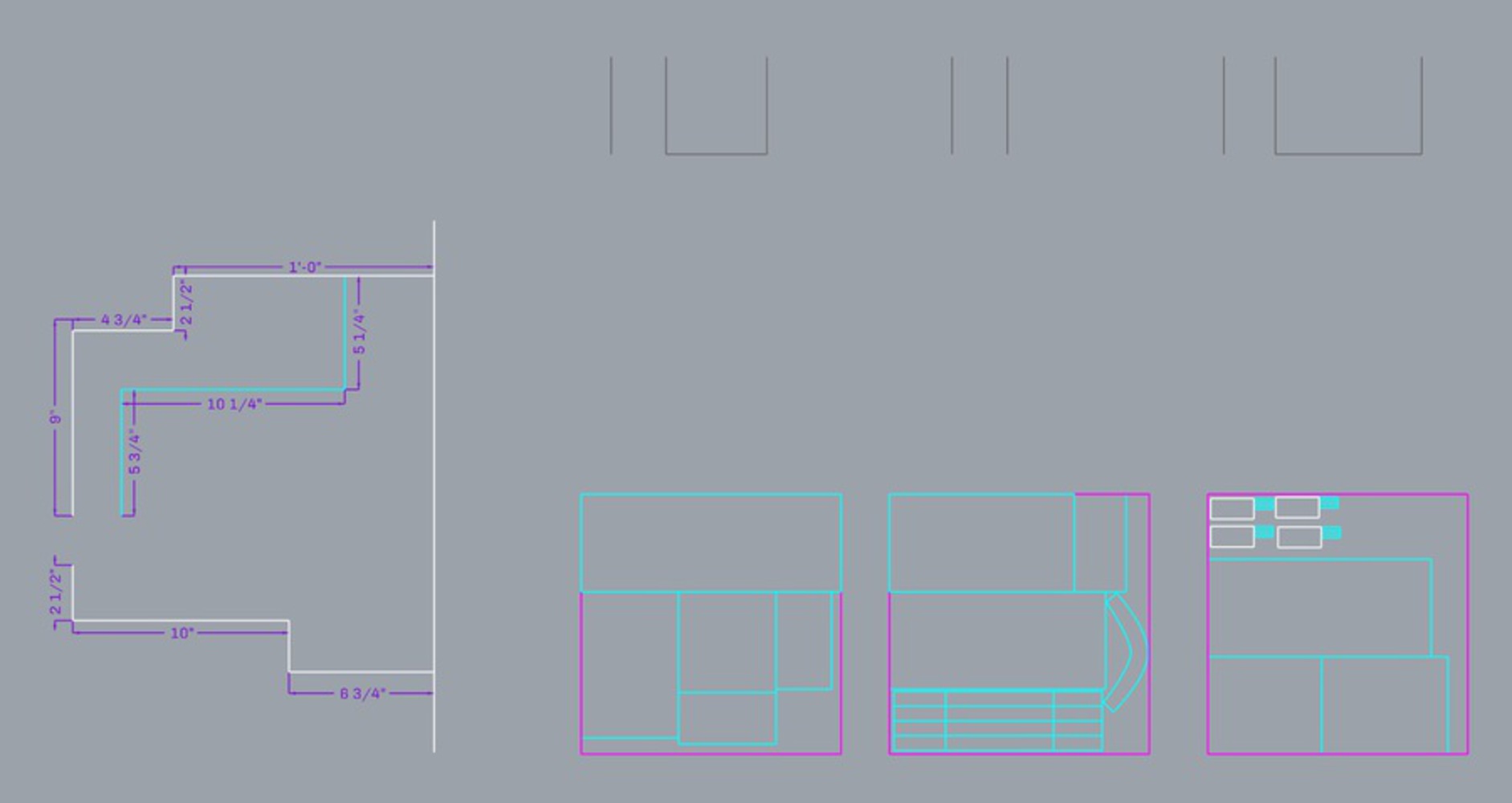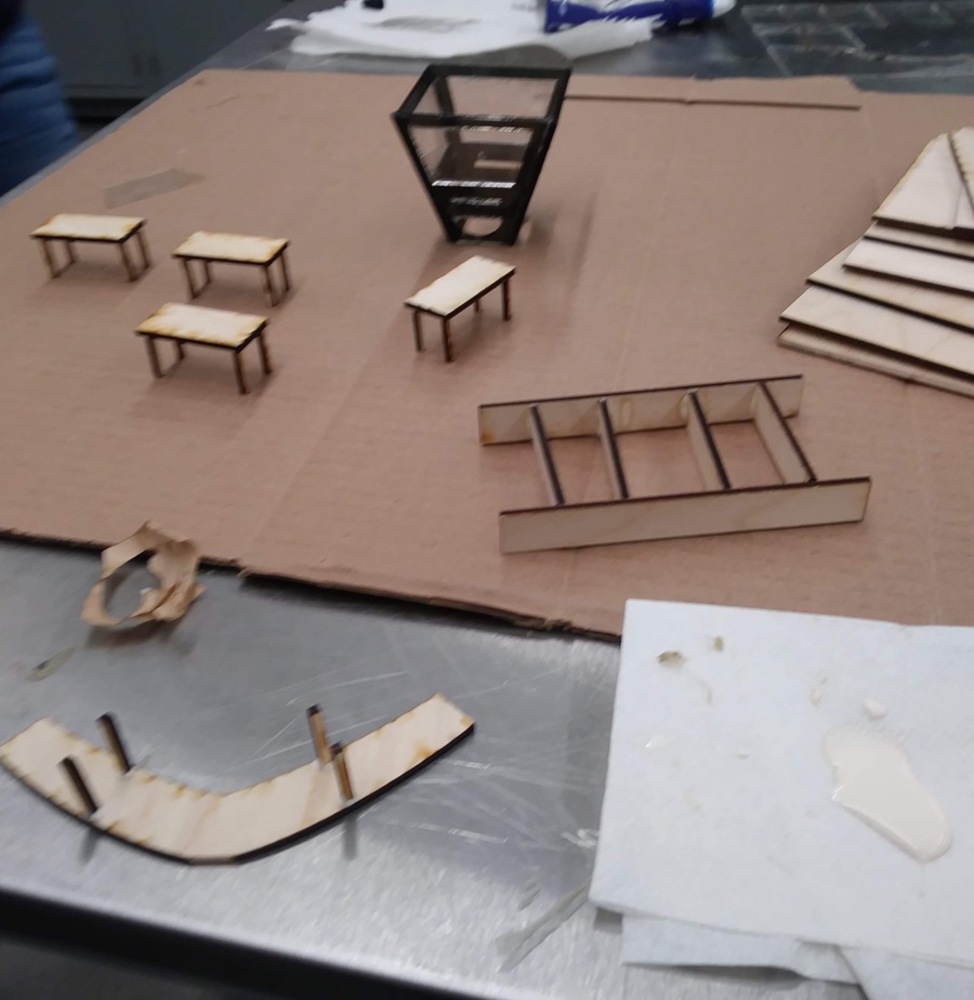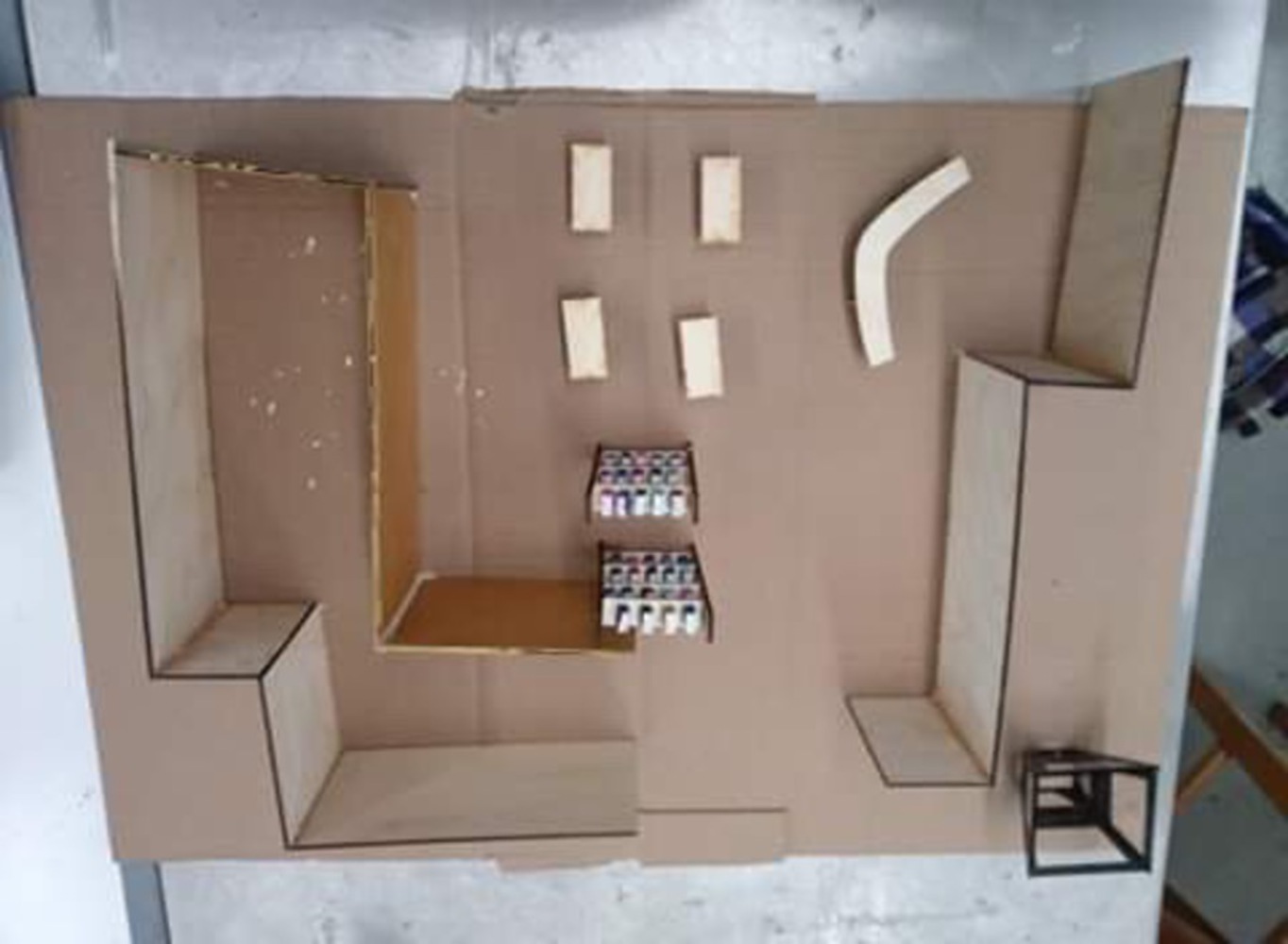Reflection
Reflect on making this project. What did you learn? What would you do differently? Did you get where you wanted to? If not, why not? What do you need to get there, etc?
The Stories of Our Lives allowed us to encourage conversation on what matters as it relates to our digital legacy. We wanted people to consider what they might put in such an exhibit for the public to potentially see - in other words, how they would write their own digital autobiography.
After the feedback for the crit, we also considered the broader aspects of our project. For example, should it be used to help understand a group of people like oppressed people instead of remembering one individual? In light of injustices in today's society, it might serve as a great way to understand the truth behind the matter and the other side's story. If used this way, it would also fit more with the goal of a library as a source of information. Additionally, we re-considered whether the library would be a good spot for this since remembering someone also can bring grief to the individual and who wants to grief in a public space and a quiet library no less.
Our main goal with the space was to integrate it into an existing library, East Liberty Carnegie Library. The main consideration here was that space in public libraries can be extremely limited. A secondary consideration was limited public library budgets. Because of this we designed our model to use easily movable temporary walls, as well as simple projection and other readily available technologies (screens, RFID, LeapMotion). We feel that our scale model and drawings did well at representing exactly how the project would fit into and affect a currently existing space.
We were successful in getting RFID, projection, and an example memorial set up for our presentation. The one thing that we were not able to accomplish was using LeapMotion as a mouse controller. Our goal with this was to use an open source python library (PyLeapMouse) as an interface to interact with the example website. Given more time we would surely be able to get this part working.
